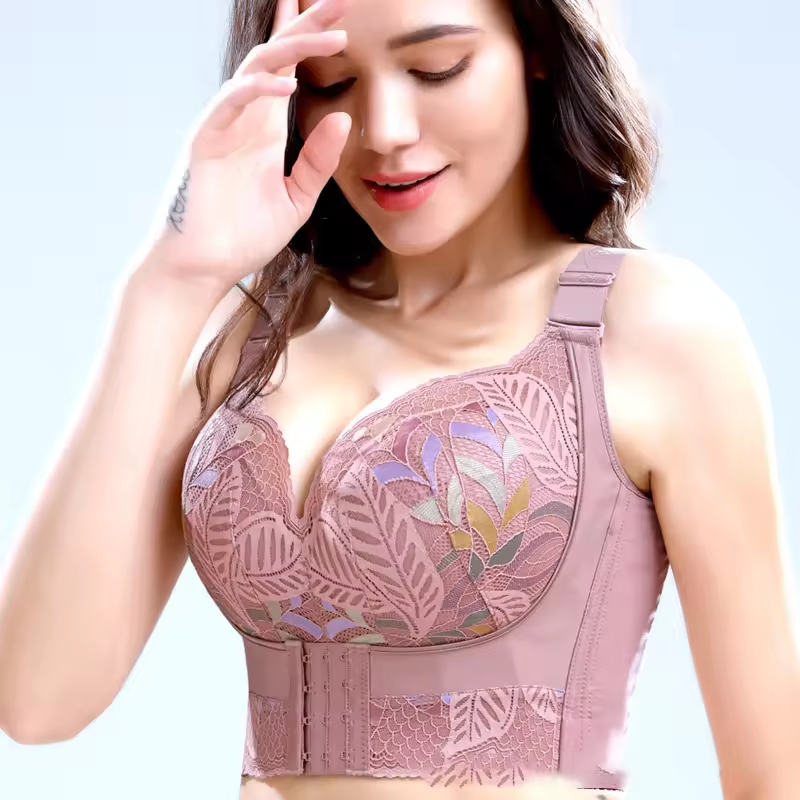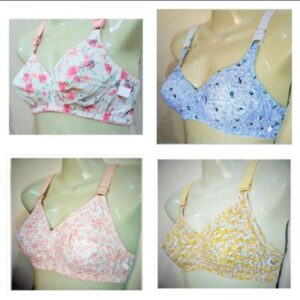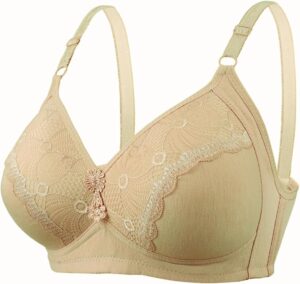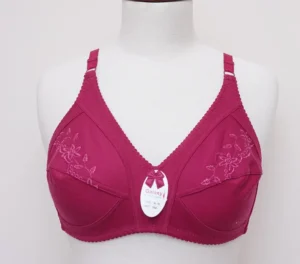Women Garments
The Evolution and Significance of Women’s Bras: A Comprehensive Overview
The women’s bra is more than just a piece of clothing; it is a symbol of gender identity, fashion, comfort, and cultural change. Over the centuries, the design, purpose, and perception of bras have evolved significantly, reflecting broader societal shifts related to women’s rights, body image, and fashion trends.
Historically, women used various methods to support their bust, from centuries-old corsets to more modern undergarments. The earliest versions resembling bras appeared in the late 19th and early 20th centuries. These were often made of silk or linen and aimed at providing modesty and support. It wasn’t until 1914 that Mary Phelps Jacob patented the first modern bra, which she called the “Backless Brassiere,” revolutionizing women’s undergarments by replacing restrictive corsets.
The primary function of a bra is to support the breasts, which can contribute to better posture, reduced back pain, and overall comfort. However, beyond functionality, bras have become fashion statements and symbols of femininity. Designers introduced a wealth of styles, including push-up bras, sports bras, maternity bras, strapless bras, and bras designed for everyday comfort or special occasions. Each type caters to different needs, reflecting the diverse lifestyles of women.
Cultural perceptions of bras have also seen a transformation. Initially regarded as a sign of modesty, they later became symbols of liberation and empowerment. The feminist movements of the 20th century challenged restrictive undergarments like corsets and emphasized comfort and bodily autonomy. The 1960s and 70s saw women questioning traditional beauty standards, leading to a decline in daily bra usage among some groups and encouraging body positivity.
In recent decades, technological advances have further shaped the industry. Innovations such as moisture-wicking fabrics, seamless designs, and adjustable straps enhance comfort and functionality. Additionally, the movement towards body diversity has inspired brands to offer a broader range of sizes and styles, making bras more inclusive.
Sustainability has also gained importance in the realm of women’s underwear. Eco-friendly fabrics, ethical manufacturing practices, and recycled materials are becoming more prevalent as consumers demand environmentally responsible options.
The significance of bras extends beyond their physical attributes. They are often embedded in social, cultural, and personal identities. For many women, choosing the right bra can boost confidence and contribute to a positive body image. Conversely, societal pressures and unrealistic standards can lead to body dissatisfaction.
In conclusion, women’s bras are a complex interplay of function, fashion, societal norms, and personal identity. From their humble beginnings as supportive undergarments to symbols of empowerment and style, bras continue to evolve alongside women’s changing roles and aspirations. As the industry progresses, it is likely to focus even more on comfort, inclusivity, and sustainability—ensuring that every woman feels supported, comfortable, and confident in her skin.






